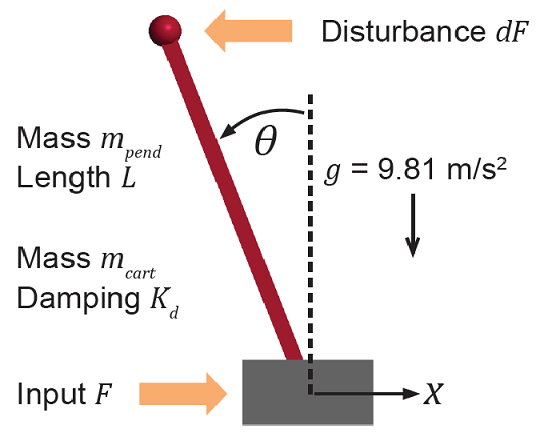



Therefore, we can ignore gravity for the impulse calculation.įor planar motion in the xy plane, the equations for impulse and linear momentum are: Is dominated by the impact force F imp, since mg (the gravitational force) is much smaller than F imp. This means that the impulse term given by In an impact of very short time duration (say, between an initial time t i and a final time t f), the impact force F imp is typically very large. Since this problem combines translation and rotation we must apply the equations for linear momentum and angular momentum. It can be solved using the principle of impulse and momentum. We can treat this as a planar motion problem. Let F px be the horizontal impulse force at point P, and F py be the vertical impulse force at point P. During impact the ball is assumed to pivot about P, as indicated. Assume the center of mass G is at the geometric center of the ball. Set up a schematic of this problem, as shown, along with sign convention. What is the angular velocity of the ball immediately after impact? Also, what is the minimum initial angular velocity w 1 so that the ball just makes it over the bump? What is the minimum initial speed of the ball?Īssume that the ball pivots about the tip of the bump during, and after impact. The following problem illustrates the principle of impulse and momentum.Ī solid ball of mass m and radius r is rolling without slipping on a flat horizontal surface, at an initial angular velocity w 1. In many real life problems involving impulse and momentum, the impulse acting on a body consists of a large force acting for a very short period of time – for example, a hammer strike, or a collision between two bodies. An impulse can act on an object to change either its linear momentum, angular momentum, or both. As a result, a large force applied for a short period of time can produce the same momentum change as a small force applied for a long period of time. Impulse changes the momentum of an object. This means that impulse contains the product of force and time. Impulse is defined as the integral of a force acting on an object, with respect to time. The defensive line does this because applying a force for a particular amount of time helps to reduce the impulsive force and prevents him from getting injured.Impulse And Momentum Principle Of Impulse and Momentum
Initial energy input in system by impulsive force driver#
A car may be destroyed, but with the help of the airbag, the driver and passenger will be safe. An airbag increases the time of the collision of the driver with the steering and reduces the impulsive force. In the event of the car not having an airbag, there is no reduction in impulsive force, and so, the car and the driver experience the entire force in a short period of time, damaging If the timeĭuration increases, then the impulsive force's impact or destruction will be reduced. Impulsive forces act for a short duration of time to change the momentum of an object. An impulsive force is a destructive force in many cases, so we need to overcome it.


 0 kommentar(er)
0 kommentar(er)
